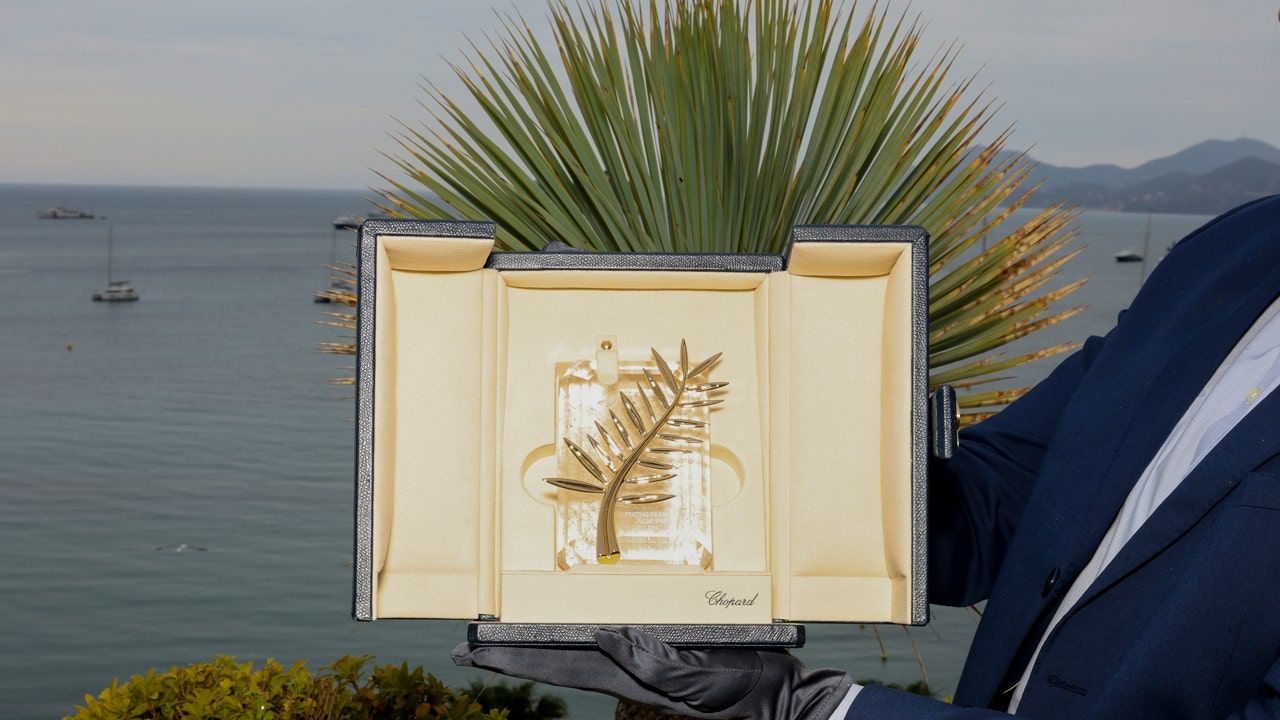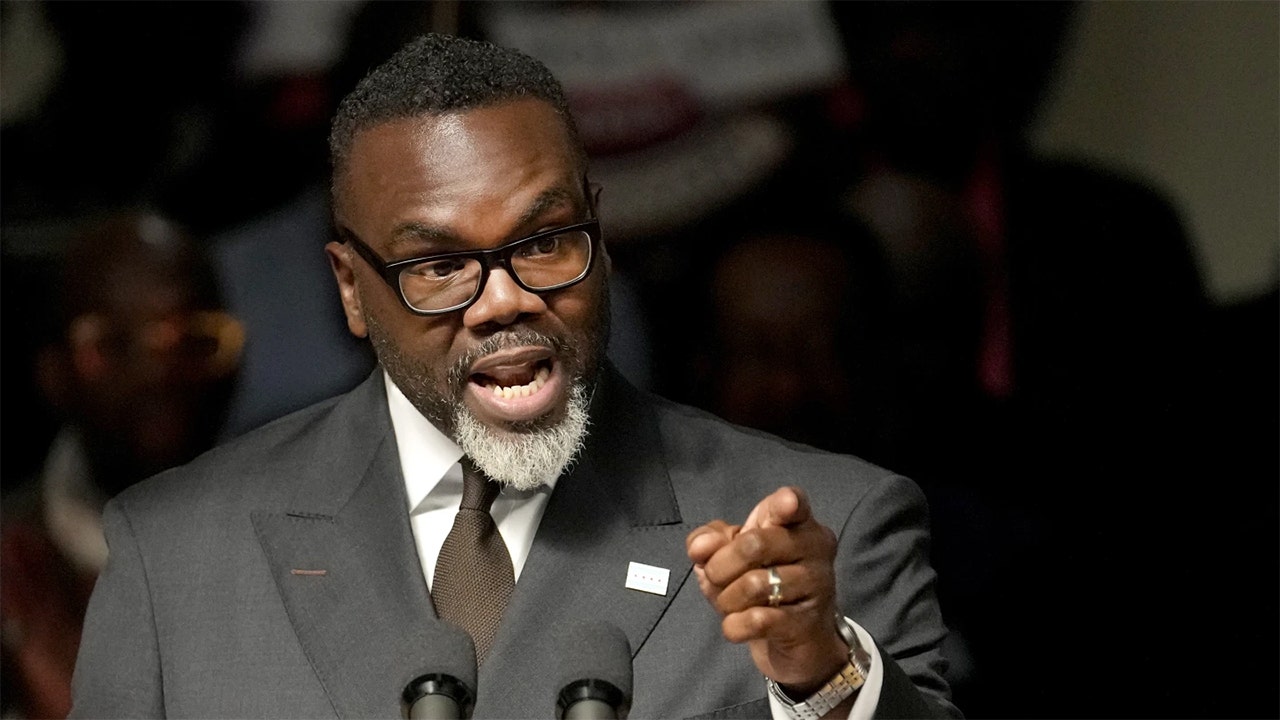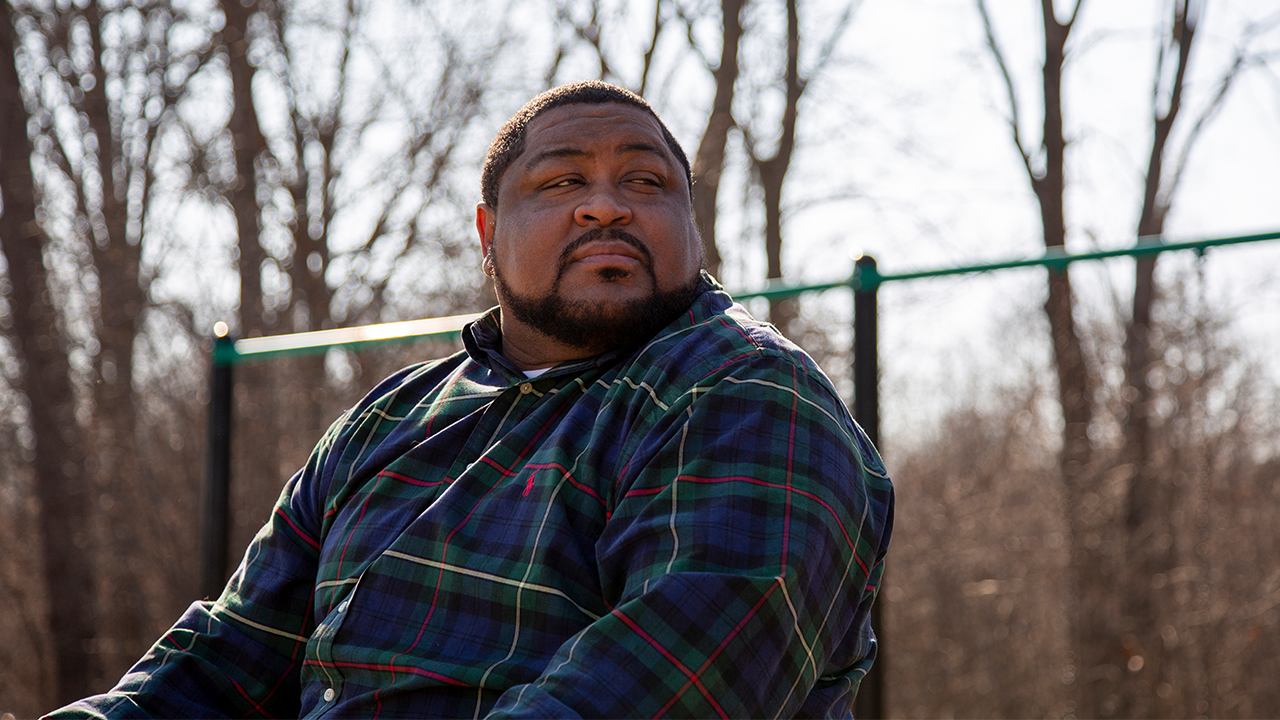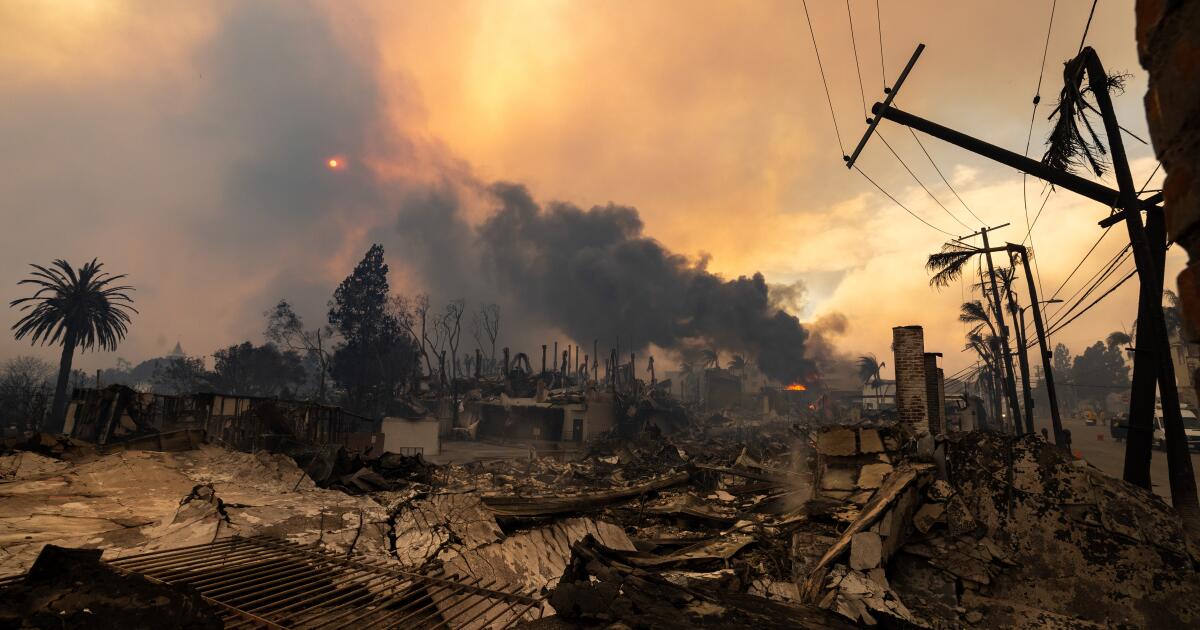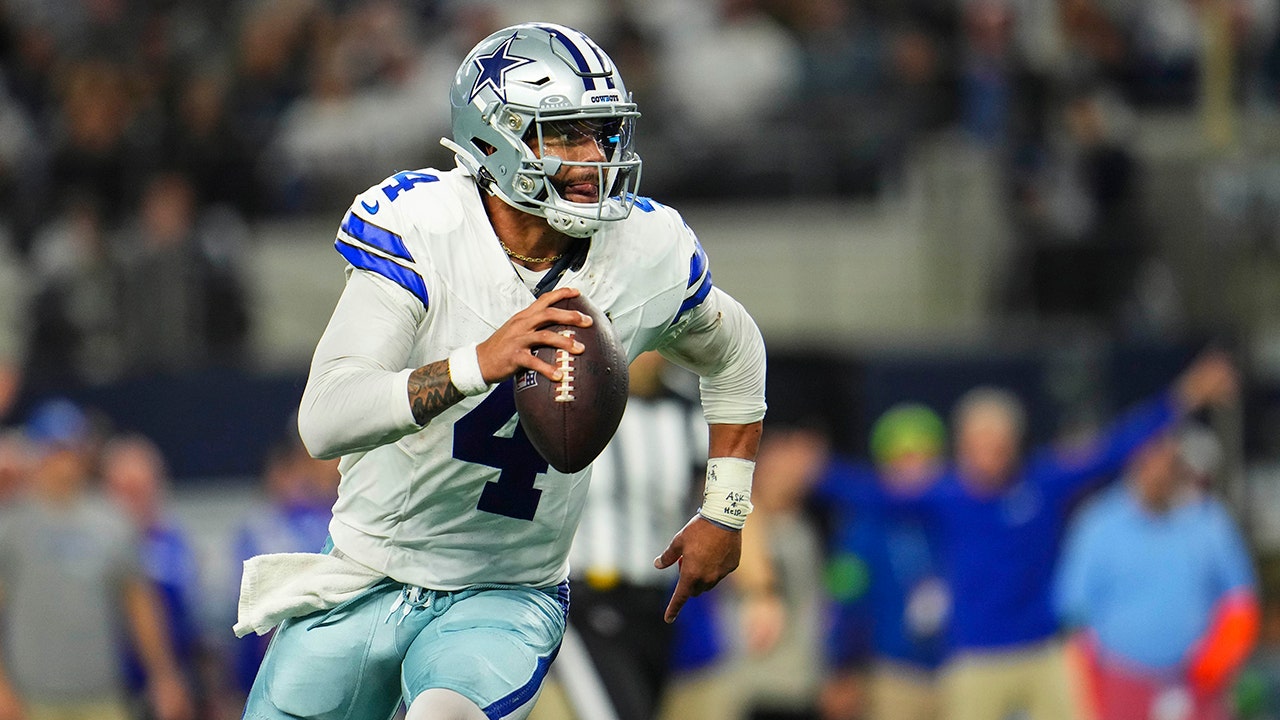The Cannes Film Festival is a sacred place for cinema, but understanding its unique landscape can be confusing.
The Côte d'Azur festival, which began Tuesday, is a 10-day ballet of spectacle and film in which even the photographers wear tuxedos, the standing ovations are timed with stopwatches and the films tend to be mentioned by name. their directors. the Almodóvar”, “the Malick”, “the Coppola”.
From the outside it may seem crazy. From the inside, it couldn't be less disorienting. But understanding some of the quirks and traditions of Cannes can help you understand what takes place in the south of France and what exactly a Palm Dog is.
IRANIAN FILMMAKER FLEES TO EUROPE AFTER HIS PRISON SENTENCE BEFORE HIS CANNES PREMIERE
WHY DOES CANNES MATTER?
The short answer is that Cannes is the largest and arguably most important film festival, and few care more about the art of cinema than the French. Cinema was born here and it is where it is most kept. It's no coincidence that to enter the Palais des Festivals, the central axis, you must climb 24 red-carpeted steps, as if you were ascending to movie nirvana.
Cannes is also uniquely global, attracting filmmakers, producers and journalists from around the world. It's a bit like a cinema Olympics; The countries set up their own tents in an international village. Because Cannes is also the largest film market in the world, many who come here try to sell their films or buy rights. The deals, while no longer as frenetic as they once were, happen in hotel rooms along the Croisette, aboard yachts docked in the harbor and, yes, on Zoom calls.
But in addition to being a beacon for filmmakers and executives, Cannes is a draw for its resplendent French Riviera glamour. Since the days of stars like Grace Kelly and Brigitte Bardot, Cannes has been recognized as a sun-drenched center stage for fashion.
The Palme d'Or is on display at the 77th Cannes International Film Festival in southern France on May 14, 2024. The festival will run from May 14 to 25, 2024. (Vianney Le Caer/Invisión/AP)
HOW OLD IS CANNES?
Originally called the International Film Festival, Cannes was born in the period before World War II. Venice had inaugurated the first major film festival in 1932, but by 1938 the fascist influence in Venice was omnipresent. In 1939, the French government chose the tourist destination of Cannes as the location for a new festival, although due to the war, the first edition was not held until 1946. This year's festival is the 77th edition.
WHAT IS IT LIKE ON THE GROUND?
The hive of activity is the Palais, a huge seaside complex filled with cinemas with names like Buñuel, Bazin and, granddaddy, the Grand Théâtre Lumière. This is where the Cannes red carpet rolls out, where two or three world premieres are presented each night under a glass canopy flanked by rows of photographers. Festival cars transport stars and directors who are driven across the carpet and up the stairs. Unlike most movie premieres, there are no reporters on the carpet.
Instead, filmmakers and actors face questions from the media the day after their premieres, at a press conference preceded by a photo session. Press conferences can also be atypically newsy; After Danish director Lars von Trier declared “I am a Nazi” at a press conference in Cannes in 2011, the festival named him “persona non grata” for years.
Interpreters translate live for journalists wearing headphones. Inside the Palais, bleary-eyed attendees enjoy a free espresso.
At the end of the Croisette, Cannes' palm-fringed promenade, there are stately old hotels like the Carlton and the Martinez from which festival-goers come and go, interviews can be conducted on the balconies while autograph-seeking fans mingle. They gather outside in crowds. . After parties are usually held in clubs on the Croisette, next to the beach.
WHO ATTENDS?
Unlike public festivals like Toronto or SXSW, Cannes is industry-only and largely out of reach for most film buffs. That doesn't stop desperate tuxedo-clad ticket seekers holding signs outside the Palace about whether someone might have an extra one, or photographers standing on small stairs near the red carpet.
Cannes is rigorously hierarchical, with a color-coded card system regulating access. If you hear that a film has been booed at Cannes (even Martin Scorsese's “Taxi Driver” was booed before it won the Palme d'Or), it's usually at a press screening.
The premieres, which are largely attended by professionals in the sector, are the place where the prolonged ovations occur. But this, like many things in Cannes, is a bit of performance art to push the mythology. After the credits roll, a cameraman runs in and his footage is streamed live to the screen. He walks through the halls, giving the audience a chance to applaud the director and each star. No one is just applauding a dark movie screen.
WHAT DOES 'IN COMPETITION' MEAN?
The Cannes hierarchy is also in the lineup. The focus is mainly on films “in competition”: typically around twenty films compete for the Palme d'Or, the festival's highest award. Previous winners include “Apocalypse Now,” “Pulp Fiction” and “Parasite.” Last year, it was for Justine Triet's “Anatomy of a Fall.” The winners are chosen by a jury of nine people that changes every year. This year's edition is chaired by Greta Gerwig.
However, the competition is only one section. Many high-profile films could screen out of competition, such as “Furiosa: A Mad Max Saga” this year. A Certain Regard brings together a poster of original or daring films. The first and second films are shown in the Critics' Week sidebar. There are also Midnight Picks and the recently launched Premiere sidebar, which also overflows for movies that didn't fit into the competition. Restorations and documentaries are screened at Cannes Classics.
And at the end of the Croisette, apart from the official selection, is the Directors' Fortnight or Quinzaine, a parallel exhibition launched in 1969 by a group of French filmmakers after the cancellation of the 1968 Cannes.
CLICK HERE TO GET THE FOX NEWS APP
BUT WHAT ABOUT THE PALM DOG?
There are also many other awards, including an unofficial one created by journalists called Palm Dog (sadly, not Palme D'Og), for the best canine in Cannes. Last year, that honor went to Messi, the dog from “Anatomy of a Fall.”
Created in 2001, the annual award and its derived categories are decided by a jury of journalists. Past winners include Uggie from “The Artist” (2011) and Sayuri, who played the heroic pit bull in “Once Upon A Time… In Hollywood” (2019).
As for the reigning champion, Messi wowed the carpet on opening day this year, back in town as a sort of French television correspondent.

